Catastrophe highlights fragility of global undersea cables - WEF
In the wake of a violent volcanic eruption in Tonga, much of the communication with residents on the islands remains at a standstill.
The events once again highlight how fragile the global undersea cable network is and how quickly it can go offline, according to Dale Dominey-Howes, associate professor, University of Sydney, writing for the World Economic Forum (WEF) in collaboration with The Conversation..
The volcanic eruption, submarine landslide and tsunami in Tonga has snapped the 872km long fibre-optic cable connecting the island to the rest of the world.
Risks to submarine cables elsewhere
Having access to accurately mapped submarine cable routes has become essential following the increase in seabed usage from industries such as telecoms, renewable energy, oil & gas and resource mining, according to OceanIQ.
This is just as essential from a power supply perspective as it is for telecommunications, it explains. As an island, the UK is more dependent than most on subsea power cables being properly maintained.
Currently, there are 4,000 MW of operational connectors linking the UK with its closest neighbours – the Republic of Ireland, France, and the Netherlands – and this is set to increase in the next few years.
The North Sea Link, an ambitious project that will be the longest subsea power interconnector, is well underway. There is an estimated 20,000km of new power cables to be installed in northern European waters alone by 2030.
Lessons from Tonga
”Telecommunications are down, as are regular internet functions – and outages are also disrupting online services,” wrote Dominey-Howes. ”Tonga is particularly vulnerable as it only has one cable connecting the capital Nuku’alofa to Fiji, which is more than 800km away. No inter-island cables exist.”
“In our modern, highly-connected world, more than 95% of global data transfer occurs along fibre-optic cables that criss-cross through the world’s oceans.”
”Breakage or interruption to this critical infrastructure can have catastrophic local, regional and even global consequences. This is exactly what has happened in Tonga following Saturday’s volcano-tsunami disaster. But this isn’t the first time a natural disaster has cut off critical submarine cables, and it won’t be the last.”
In 2009, Dominey-Howes coauthored a study detailing the vulnerabilities of the submarine telecommunications network to a variety of natural hazard processes.
”Cables are laid in the shortest (that means cheapest) distance between two points on the Earth’s surface,” he explained. ”They also have to be laid along particular geographic locations that allow easy placement, which is why many cables are clustered in choke points.”
”Some good examples of choke points include the Hawaiian islands, the Suez Canal, Guam and the Sunda Strait in Indonesia. Inconveniently, these are also locations where major natural hazards tend to occur.”
Australia and New Zealand are also at risk, he added. ”Once damaged it can takes days to weeks (or even longer) to repair broken cables, depending on the cable’s depth and how easily accessible it is. At times of crisis, such outages make it much harder for governments, emergency services and charities to engage in recovery efforts.”
Many undersea cables pass close to or directly over active volcanoes, regions impacted by tropical cyclones and/or active earthquake zones.
”Currently, there is little publicly available data on the risk to the global submarine cable network,” concluded Dominey-Howes. ”Once we know which cables are vulnerable, and to what sorts of hazards, we can then develop plans to reduce risk.”
At the same time, governments and the telecommunication companies should find ways to diversify the way we communicate, such as by using more satellite-based systems and other technologies.





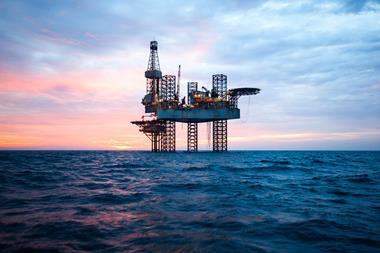
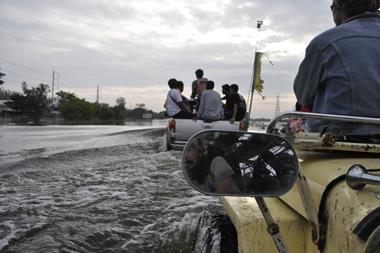
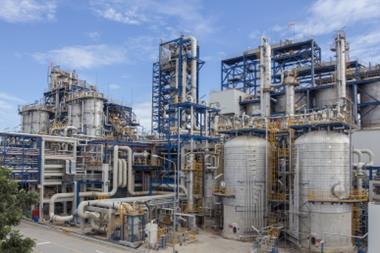

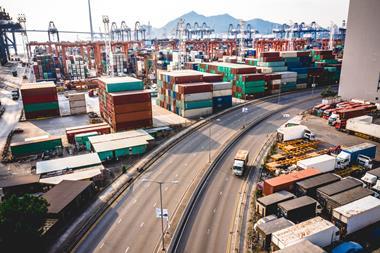
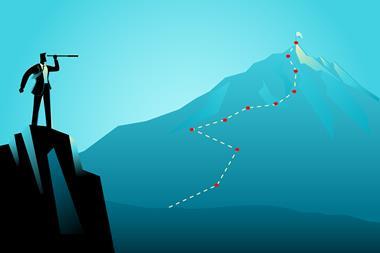









No comments yet